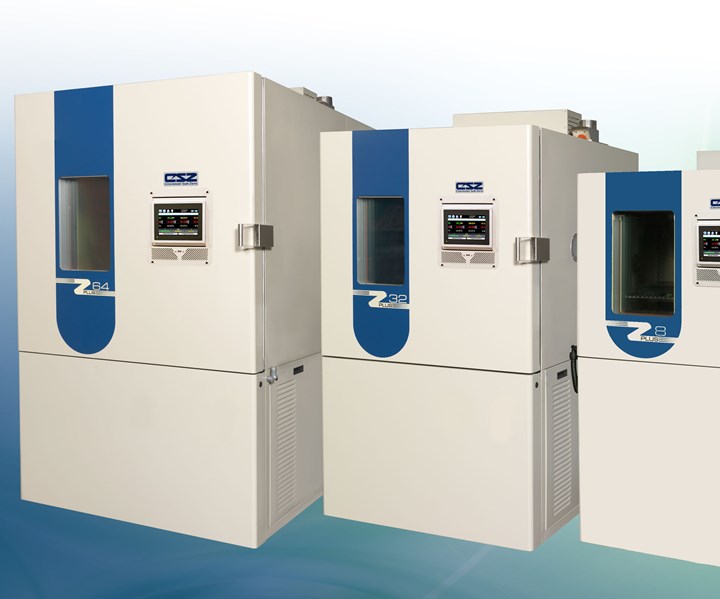Weiss Technik acquires Cincinnati Sub Zero
The acquisition expands Weiss Technik’s environmental simulation business segment in North America.

Source | Weiss Technik
Weiss Technik (Reiskirchen, Germany) recently acquired the industrial and testing divisions of Cincinnati Sub Zero (CSZ; Cincinnati, Ohio, U.S.), expanding its environmental simulation business segment in North America. The acquisition reportedly makes Weiss Technik the largest environmental simulation provider in North America, with a market share of around 25%.
Cincinnati Sub Zero has been integrated into the American subcompany Weiss Technik North America Inc. The company has been a leading manufacturer of environmental test cabinets and chambers in North America since 1940. Its product range includes temperature humidity chambers, thermal shock chambers, altitude chambers and vibration test systems. CSZ also provides comprehensive testing services in its two test laboratories, including environmental tests for medical technology, aerospace, automotive and other industries.
“This [acquisition] will enable us to offer special solutions from Weiss Technik to CSZ customers in the future, and to offer Weiss Technik customers a wide range of standard products. Our customers will benefit form this," says Steffen Hönlinger, director of marketing at Weiss Technik.
Related Content
-
Composite innovations feature automotive, water sports, UAV and consumer project versatility
JEC World 2025: Precision, performance and reliability are at the core of Cobra International’s display, involving a front end, portfolio of water sports applications, a fixed wing drone and more.
-
Evonik showcases chopped carbon fiber-reinforced PEEK filament
Vestakeep is available at two levels of carbon fiber content and appropriate for long-term surgical implants.
-
Korean researchers develop 3D printed CNT sensors for health monitoring, flexible electronics and smart textiles
CNT-based nanocomposites are optimized specifically for vat photopolymerization-type 3D printing, maintaining high stretchability and electrical conductivity.
.jpg;width=70;height=70;mode=crop)





